
Fundamentals
The concept of chemical hair treatments, at its core, speaks to a deliberate alteration of the hair’s natural structure through chemical means. This practice, while often perceived as a modern invention, holds ancestral echoes within the human story of adornment and transformation. From a fundamental standpoint, it represents the application of specific compounds to the hair shaft, initiating reactions that either straighten, curl, or color the strands, thereby reshaping their intrinsic form. The objective is to achieve a desired aesthetic or textural outcome, moving beyond the hair’s inherent configuration.
For individuals with textured hair, particularly those within Black and mixed-race communities, the meaning of chemical treatments extends far beyond mere cosmetic modification. It often represents a complex interplay of personal expression, societal expectation, and historical legacy. The very notion of altering one’s hair through chemical processes carries a weight of cultural significance, reflecting generations of adaptation, innovation, and sometimes, the silent burdens of assimilation. Understanding this basic definition requires us to look not just at the science, but at the deep human stories woven into every strand.

Early Interactions with Hair Structure
Before the advent of modern chemical formulations, ancestral communities possessed a sophisticated understanding of their hair’s capabilities and how to manipulate its form. Though not “chemical” in the contemporary sense, the earliest forms of hair alteration involved natural agents and meticulous techniques that foreshadowed later developments. These ancient practices often relied on botanical extracts, heat, and tension to temporarily or semi-permanently change hair texture.
For instance, various indigenous African cultures employed specific plant-based pastes, rich in proteins or acids, to soften coils or enhance curl patterns, preparing hair for intricate styles that carried social or spiritual significance. The deliberate application of these natural compounds, alongside sustained tension from braiding or wrapping, laid a foundational understanding of how external agents could influence hair’s physical state.
The fundamental understanding of chemical hair treatments begins with recognizing their role in altering hair’s natural form, a practice deeply intertwined with human history and cultural expression.
The foundational chemistry, simplified for a beginner, involves breaking and reforming bonds within the hair’s protein structure. Hair is primarily composed of keratin, a fibrous protein. Within keratin, there are various types of bonds, most notably disulfide bonds, which are strong covalent linkages contributing significantly to the hair’s shape and resilience. When a chemical treatment is applied, agents like reducing agents (for straightening) or oxidizing agents (for perming) interact with these bonds.
They either break them, allowing the hair to be reshaped, or reform them in a new configuration, thereby setting the new texture. This intricate dance of molecular alteration is what allows for the transformation of a coil into a wave, or a wave into a straight strand.
- Alkaline Agents ❉ Used in some early forms of hair straightening, these substances swell the hair shaft, making it more permeable and allowing other agents to access the internal protein structure more readily.
- Reducing Agents ❉ Compounds that break the disulfide bonds within the keratin structure, effectively weakening the hair’s natural shape. Thioglycolates are common examples in modern formulations.
- Oxidizing Agents ❉ After the hair is reshaped, these agents are applied to reform the broken bonds in their new configuration, thus setting the desired texture. Hydrogen peroxide is a widely recognized oxidizing agent.
The historical context of these treatments for textured hair cannot be overstated, even at this fundamental level. From the moment the first relaxer touched a scalp in the early 20th century, it was not merely a product but a symbol. It spoke to aspirations, to challenges, and to the evolving definition of beauty within a world that often privileged one hair type over another. This basic chemical interaction, therefore, carries within it a legacy that shapes perceptions and choices even today.
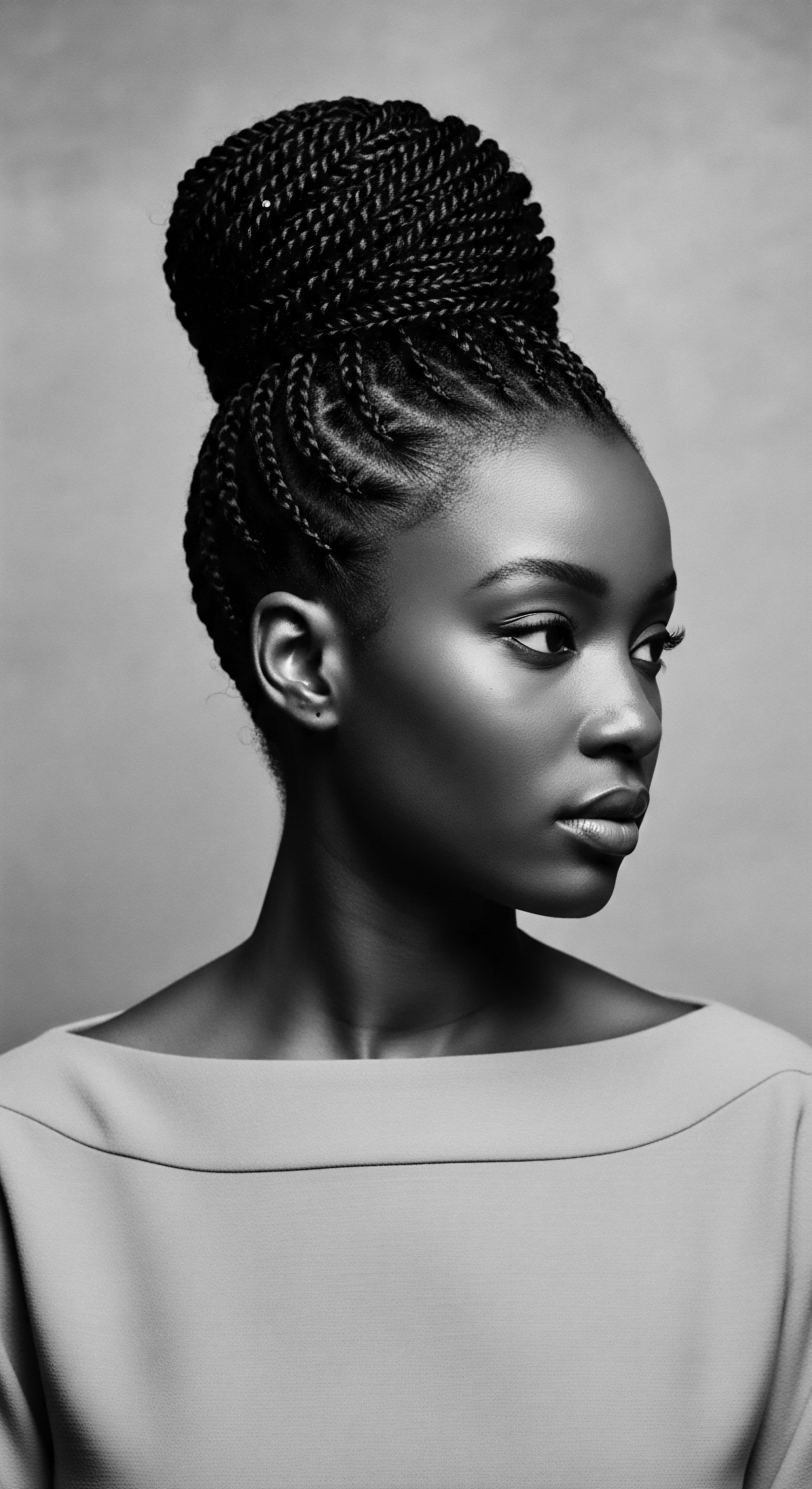
Intermediate
Moving beyond the foundational explanation, the intermediate understanding of chemical hair treatments delves into their specific categories, their mechanisms of action, and their profound cultural significance, particularly within the textured hair community. The delineation of chemical hair treatments encompasses a spectrum of processes, from permanent waving and straightening to various forms of hair coloring. Each process employs distinct chemical reactions to achieve its desired outcome, yet all share the common thread of altering the hair’s inherent molecular architecture.
The significance of these treatments for Black and mixed-race hair experiences is complex and layered. Historically, chemical straightening, particularly through relaxers, became a pervasive practice, often intertwined with socio-economic mobility and the desire for conformity in environments where natural Black hair was frequently stigmatized. The choice to chemically alter one’s hair was not always a simple aesthetic preference; it often represented a strategic navigation of societal landscapes that valued straightened hair as a marker of professionalism or respectability. This context is essential for a comprehensive grasp of the meaning of chemical hair treatments beyond their mere technical application.
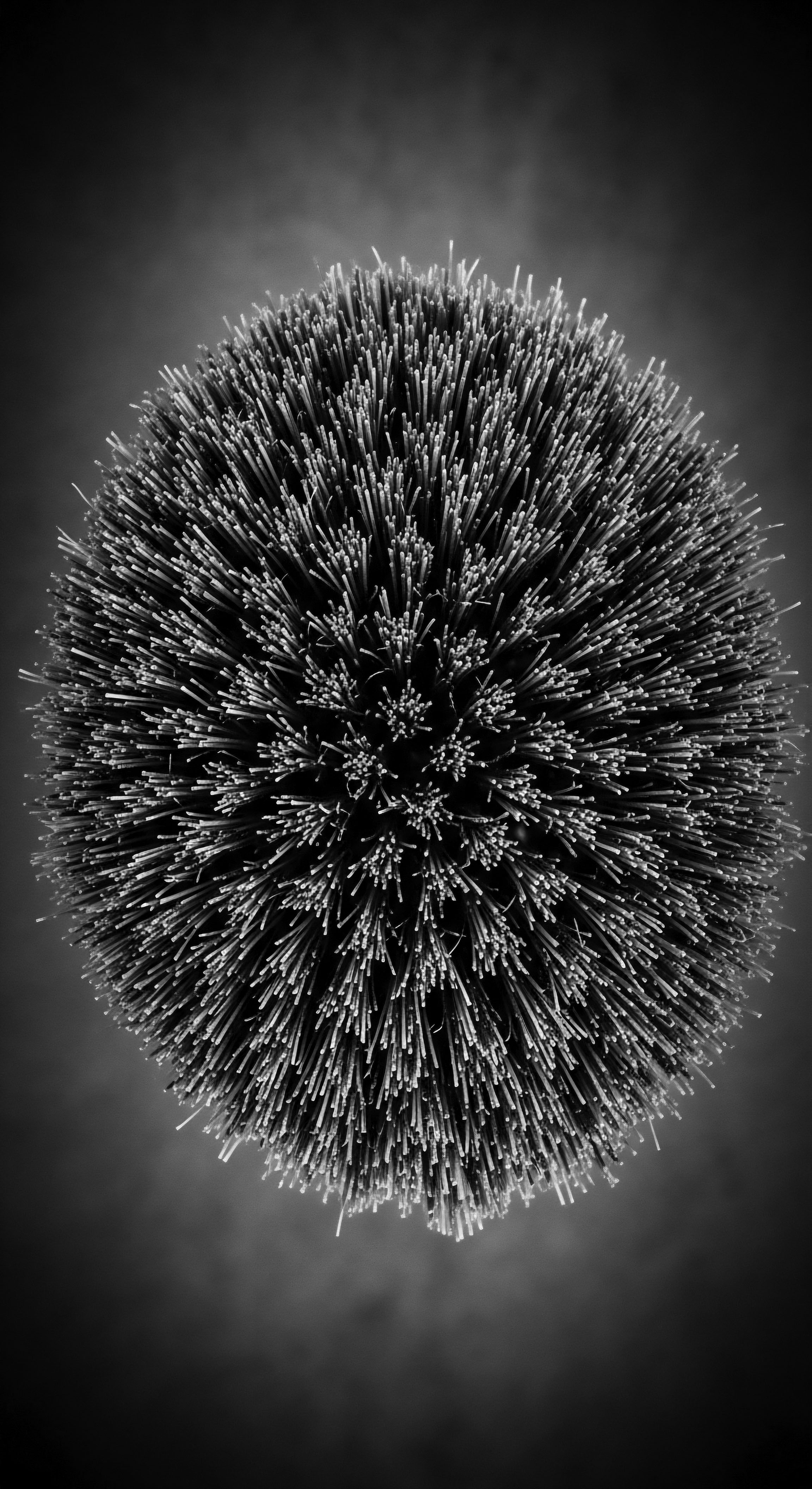
Types of Chemical Alteration and Their Cultural Footprints
The panorama of chemical hair treatments includes several prominent types, each with its own chemical profile and cultural trajectory.
- Relaxers ❉ These are perhaps the most culturally resonant chemical treatments for textured hair. Their purpose is to permanently straighten tightly coiled or curly hair. Early formulations often contained harsh lye (sodium hydroxide), known for its efficacy but also for its potential to cause severe scalp burns and hair damage. Later, “no-lye” relaxers (typically containing guanidine hydroxide) emerged as a purportedly gentler alternative, though they too present their own set of considerations for hair health. The history of relaxers is deeply interwoven with the Black American experience, symbolizing both a means of adaptation and, for many, a contentious relationship with their natural hair.
- Permanent Waves (Perms) ❉ Conversely, perms are designed to add curl or wave to naturally straight hair, or to enhance existing texture. They use a similar chemical process to relaxers—breaking and then reforming disulfide bonds—but the hair is wrapped around rods to create the new curl pattern before the bonds are reset. While less culturally dominant within the textured hair narrative than relaxers, perms have been used by some individuals with looser curl patterns to achieve a more uniform or tighter coil, or to add volume.
- Hair Colors ❉ Chemical hair coloring involves either depositing pigment onto the hair shaft (semi-permanent) or lifting the natural pigment and replacing it with artificial color (permanent). The chemical processes involve opening the hair cuticle and facilitating reactions within the cortex. For textured hair, coloring can be a potent form of self-expression, allowing for a vibrant declaration of identity. However, the porosity and delicate nature of some textured hair types require careful consideration, as chemical color can exacerbate dryness or breakage if not applied with expertise and deep understanding of the hair’s structure.
- Texturizers ❉ Often described as a milder form of relaxer, texturizers aim to loosen the natural curl pattern rather than completely straighten it. They use similar chemical agents but are left on for a shorter duration, resulting in a softer, more manageable wave or curl. For many, texturizers represent a middle ground, allowing for a degree of textural modification while retaining some of the hair’s natural movement and volume.

The Tender Thread of Transformation ❉ Historical Adoption
The journey of chemical hair treatments, particularly relaxers, through the textured hair landscape is a compelling narrative of innovation, aspiration, and often, compromise. In the early 20th century, as Black communities navigated a society that often dictated beauty standards antithetical to their natural hair, chemical straightening offered a pathway. Products like Madam C.J.
Walker’s “Wonderful Hair Grower” (though not a relaxer in the modern sense, it paved the way for chemical hair alteration through its conditioning and straightening agents used with heat) and later, more potent chemical relaxers, became widely accessible. The initial promise was not just beauty, but opportunity.
Consider the profound sociological impact. In the mid-20th century, as documented by numerous cultural historians, the straightened hairstyle became almost a prerequisite for Black women seeking certain professional roles or aiming to assimilate into mainstream society. This was not a frivolous choice but a survival strategy.
The desire for a “good hair” aesthetic, which often meant straightened hair, was deeply ingrained through generations, influenced by media representation, employment discrimination, and the subtle yet pervasive pressures of daily life. The chemical process, therefore, became a tool for navigating these societal currents, a means of expressing conformity while simultaneously, and sometimes paradoxically, asserting a form of agency over one’s appearance.
The adoption of chemical hair treatments, especially relaxers, within textured hair communities reflects a complex historical interplay of societal pressures, evolving beauty standards, and individual expressions of identity.
| Aspect Primary Goal |
| Ancestral Practices (Pre-20th Century) Enhance natural texture, facilitate intricate styling, cultural identity, spiritual connection. |
| Early Chemical Treatments (20th Century) Achieve straightness, conform to Eurocentric beauty ideals, perceived professionalism. |
| Aspect Methods/Agents |
| Ancestral Practices (Pre-20th Century) Natural plant extracts, clays, oils, heat (e.g. hot combs with pomades), tension braiding, wrapping. |
| Early Chemical Treatments (20th Century) Lye-based relaxers (sodium hydroxide), early "no-lye" formulations, harsh chemical dyes. |
| Aspect Cultural Context |
| Ancestral Practices (Pre-20th Century) Hair as a sacred, communal, and artistic expression; symbol of status, tribe, age. |
| Early Chemical Treatments (20th Century) Response to systemic racism, discrimination; pathway to social mobility, assimilation. |
| Aspect Health Implications |
| Ancestral Practices (Pre-20th Century) Generally nurturing, focus on scalp health; potential for traction alopecia from tight styles. |
| Early Chemical Treatments (20th Century) Scalp burns, hair breakage, dryness, long-term damage; early formulations often lacked safety testing. |
| Aspect This table highlights the shift in motivations and methods for hair alteration, moving from practices deeply rooted in heritage to those influenced by external societal pressures. |
The economic impact of these treatments also merits attention. The rise of the Black hair care industry, largely fueled by the demand for relaxers and associated products, created a powerful economic engine within Black communities. Salons became vital social hubs, and stylists, often Black women themselves, became entrepreneurs and pillars of their neighborhoods.
This economic aspect adds another layer to the definition of chemical hair treatments, transforming them from mere chemical products into catalysts for community building and economic empowerment, even amidst the underlying complexities of their purpose. The legacy of these early businesses, built on the foundation of chemical hair alteration, continues to shape the textured hair care market today.

Academic
The academic elucidation of chemical hair treatments transcends superficial cosmetic application, positioning them as complex socio-scientific phenomena deeply embedded within the historical, cultural, and biological matrices of human experience, particularly for individuals of African descent and those with textured hair. From a rigorous scientific standpoint, a chemical hair treatment constitutes a deliberate, irreversible, or semi-irreversible modification of the hair fiber’s macroscopic morphology and microscopic ultrastructure through the application of reactive chemical agents. This process fundamentally alters the hair’s mechanical properties, including its tensile strength, elasticity, and hygroscopic behavior, by disrupting and reforming covalent and non-covalent bonds within the keratin protein matrix.
The academic meaning of chemical hair treatments is thus not merely a description of chemical reactions, but an examination of their profound implications across diverse fields ❉ trichology, dermatology, sociology, anthropology, and public health. For textured hair, the focus intensifies on the disulfide bonds (cystine bridges) within the hair’s cortical cells, which are significantly more numerous and geometrically complex in highly coiled hair types. Relaxers, for instance, typically employ strong alkaline agents, such as sodium hydroxide (lye) or guanidine hydroxide (no-lye), which hydrolyze these disulfide bonds into lanthionine bonds through a process known as lanthionization.
This permanent conversion eliminates the original bond structure, thereby straightening the hair. Permanent waving, conversely, involves a two-step redox reaction ❉ reduction (breaking disulfide bonds) followed by oxidation (reforming them in a new, curled configuration around a rod).
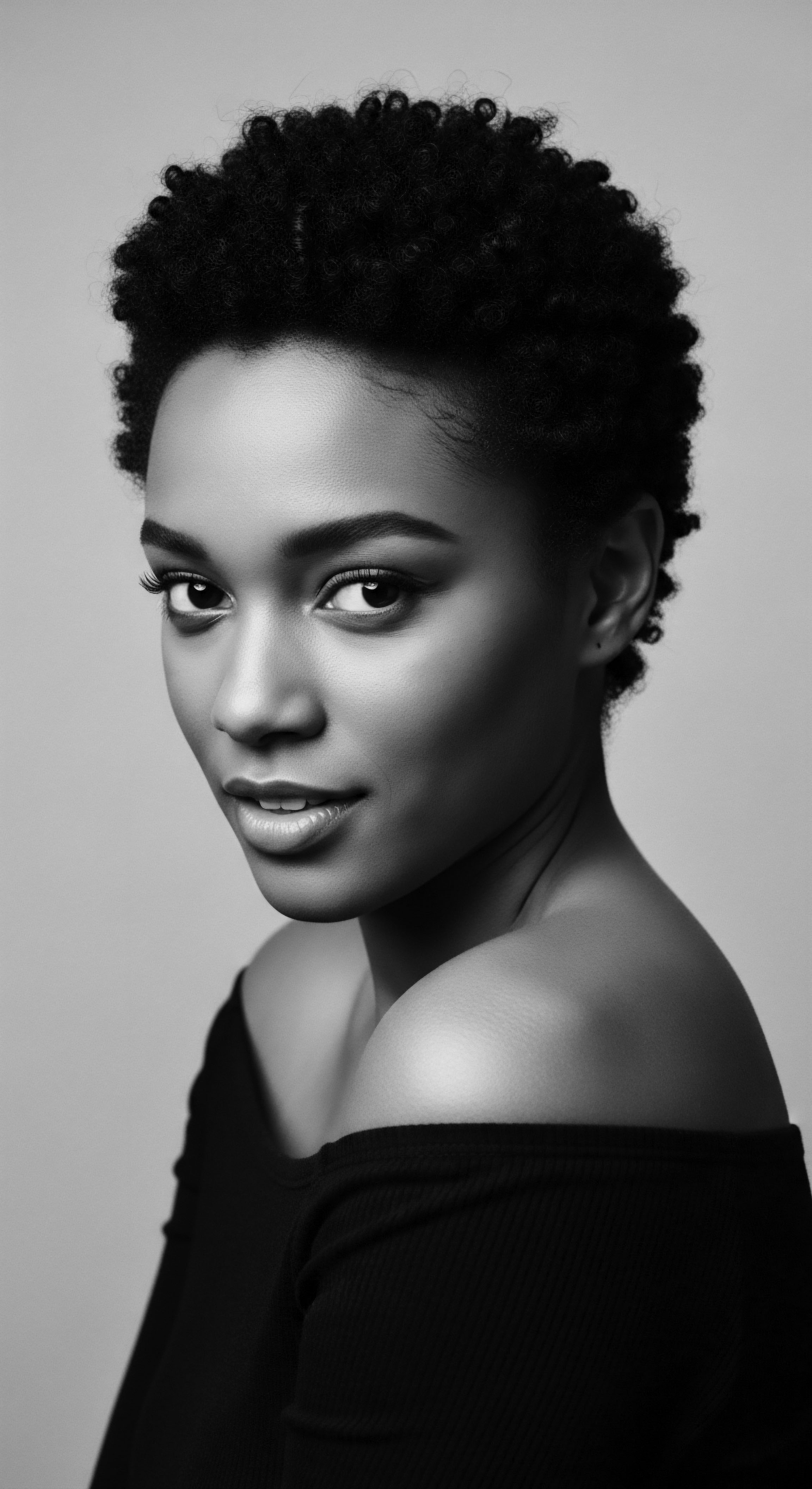
The Unbound Helix ❉ Societal Pressures and Identity
The historical trajectory of chemical hair treatments for textured hair is a compelling case study in the intersection of science, beauty, and systemic oppression. The pervasive adoption of chemical relaxers among Black women, particularly from the early to mid-20th century, was not simply a matter of personal aesthetic preference but a response to formidable societal pressures rooted in racial discrimination and the imposition of Eurocentric beauty standards. Academic inquiry reveals that the straightened hair ideal was intrinsically linked to perceptions of respectability, professionalism, and upward social mobility within a racially stratified society. This external pressure created an environment where natural hair was often deemed “unprofessional” or “unruly,” thereby incentivizing chemical alteration as a means of survival and perceived integration.
Academic analysis of chemical hair treatments reveals their complex role as both scientific interventions and cultural artifacts, profoundly shaping identity within textured hair communities.
A significant academic lens through which to examine this phenomenon is the sociological impact on identity formation. The decision to chemically straighten one’s hair became a deeply personal yet publicly charged act, often fraught with internal conflict and external judgment. The anthropologist Kobena Mercer (1987) explored how hair became a central site for the negotiation of Black identity in the diaspora, with straightening often signifying a form of self-alienation or a strategic performance of conformity.
This internal struggle is a critical component of understanding the comprehensive meaning of chemical hair treatments. The choice, while individual, was never truly isolated from the collective historical experience of Black people.
Consider the profound implications of this historical context on health outcomes. Early chemical relaxer formulations were notoriously caustic, leading to a documented prevalence of scalp burns, hair breakage, and even chemical alopecia. The long-term exposure to these potent chemicals, often beginning in childhood, has been a subject of ongoing dermatological and public health research. For instance, a seminal study published in the Journal of the National Medical Association by Dr.
Crystal Aguh and Dr. Ginette Okoye (2019) highlighted the disproportionate rates of central centrifugal cicatricial alopecia (CCCA) among Black women, linking it to chronic inflammation and follicular damage often exacerbated by the use of chemical relaxers and excessive heat styling. This specific historical example powerfully illuminates the direct, often devastating, connection between chemical hair treatments and the health of textured hair, underscoring a legacy of unintended consequences born from societal pressures. The scientific investigation into these dermatological conditions offers a sobering counterpoint to the perceived benefits of chemical straightening, revealing a public health crisis that emerged from a cultural imperative.
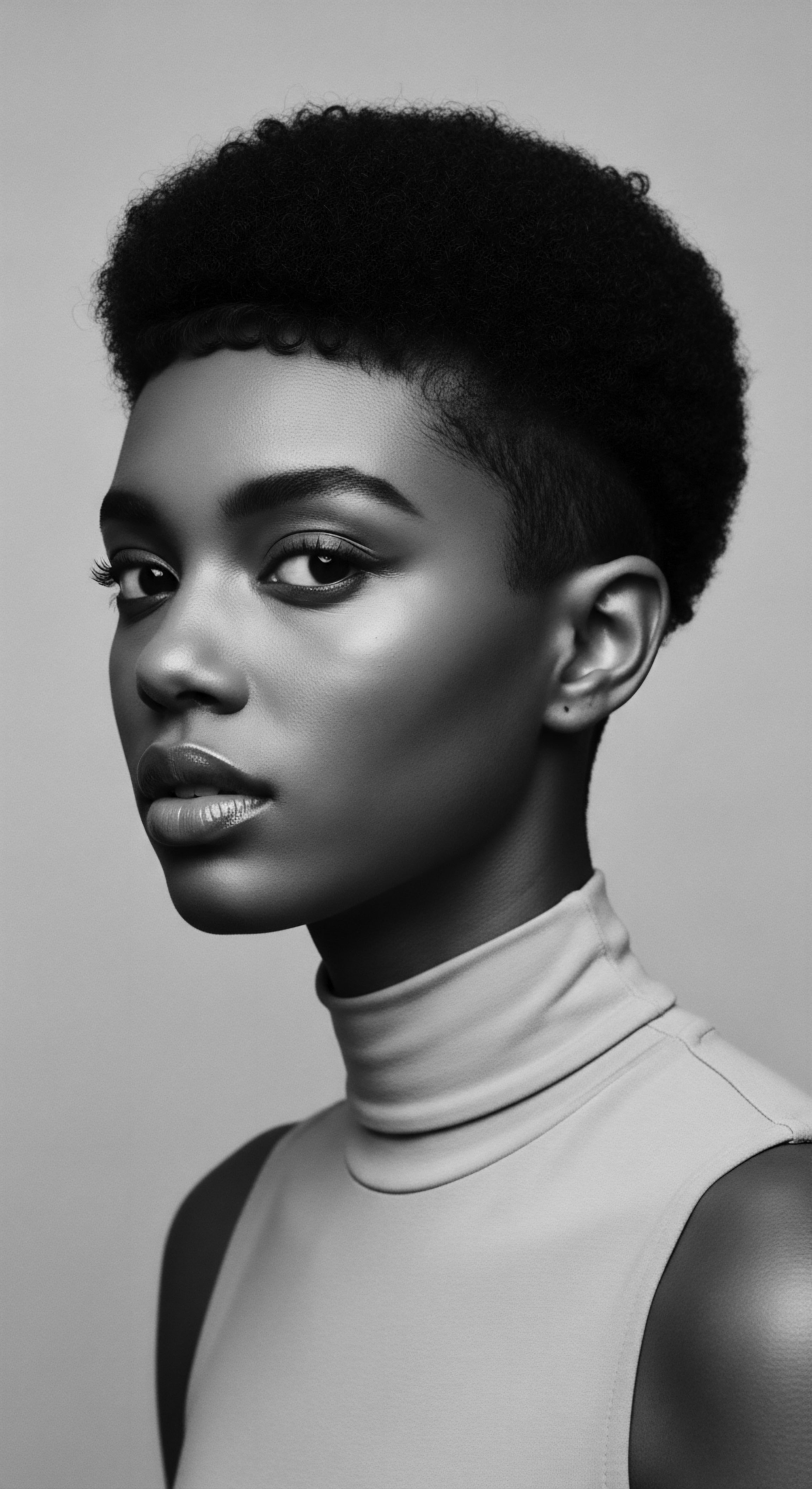
Interconnected Incidences ❉ Public Health and Policy
The academic discourse surrounding chemical hair treatments extends into public health policy and regulatory oversight. The lack of stringent regulation for cosmetic products in many countries, particularly concerning ingredients used in formulations targeting textured hair, has historically allowed manufacturers to use potentially harmful chemicals without adequate safety testing or transparent labeling. This regulatory vacuum has contributed to the disproportionate burden of hair and scalp conditions experienced by Black women. The push for greater transparency and safer ingredients in hair care products, often spearheaded by grassroots movements and Black women’s health advocates, represents a critical contemporary aspect of the chemical hair treatments narrative.
Furthermore, the economic dimension cannot be overlooked. The global chemical hair care market, heavily influenced by the demand for products that alter textured hair, represents a multi-billion-dollar industry. Academic studies in economics and business ethics scrutinize the marketing strategies employed by these corporations, particularly those that historically capitalized on insecurities stemming from racialized beauty standards.
The shift in recent decades towards the “natural hair movement” represents a significant market disruption, prompting companies to reformulate products and adjust their marketing to align with a renewed appreciation for natural texture. This dynamic interplay between consumer demand, cultural shifts, and corporate response further enriches the academic understanding of chemical hair treatments as more than just a product category.
The nuanced meaning of chemical hair treatments, therefore, encompasses not only their immediate physiological effects on hair but also their pervasive socio-cultural and economic ramifications. They serve as a powerful lens through which to examine historical patterns of racial discrimination, the evolution of beauty ideals, public health disparities, and the ongoing reclamation of identity within Black and mixed-race communities. The exploration of these treatments necessitates an interdisciplinary approach, drawing insights from chemistry, medicine, sociology, and cultural studies to construct a comprehensive and ethically informed understanding.
The ongoing academic inquiry into the long-term health implications of chemical hair treatments, particularly concerning endocrine disruptors and carcinogens, continues to shape public perception and consumer choices. Recent studies, while not conclusive, have raised concerns about the potential link between frequent relaxer use and increased risk of certain hormone-sensitive cancers. This line of research underscores the critical need for continued vigilance and a holistic approach to hair care that prioritizes long-term well-being over fleeting aesthetic conformity. The dialogue surrounding these potential health risks is a testament to the evolving understanding of the complex relationship between beauty practices and bodily health, urging a return to ancestral wisdom that often prioritized natural remedies and gentle care.
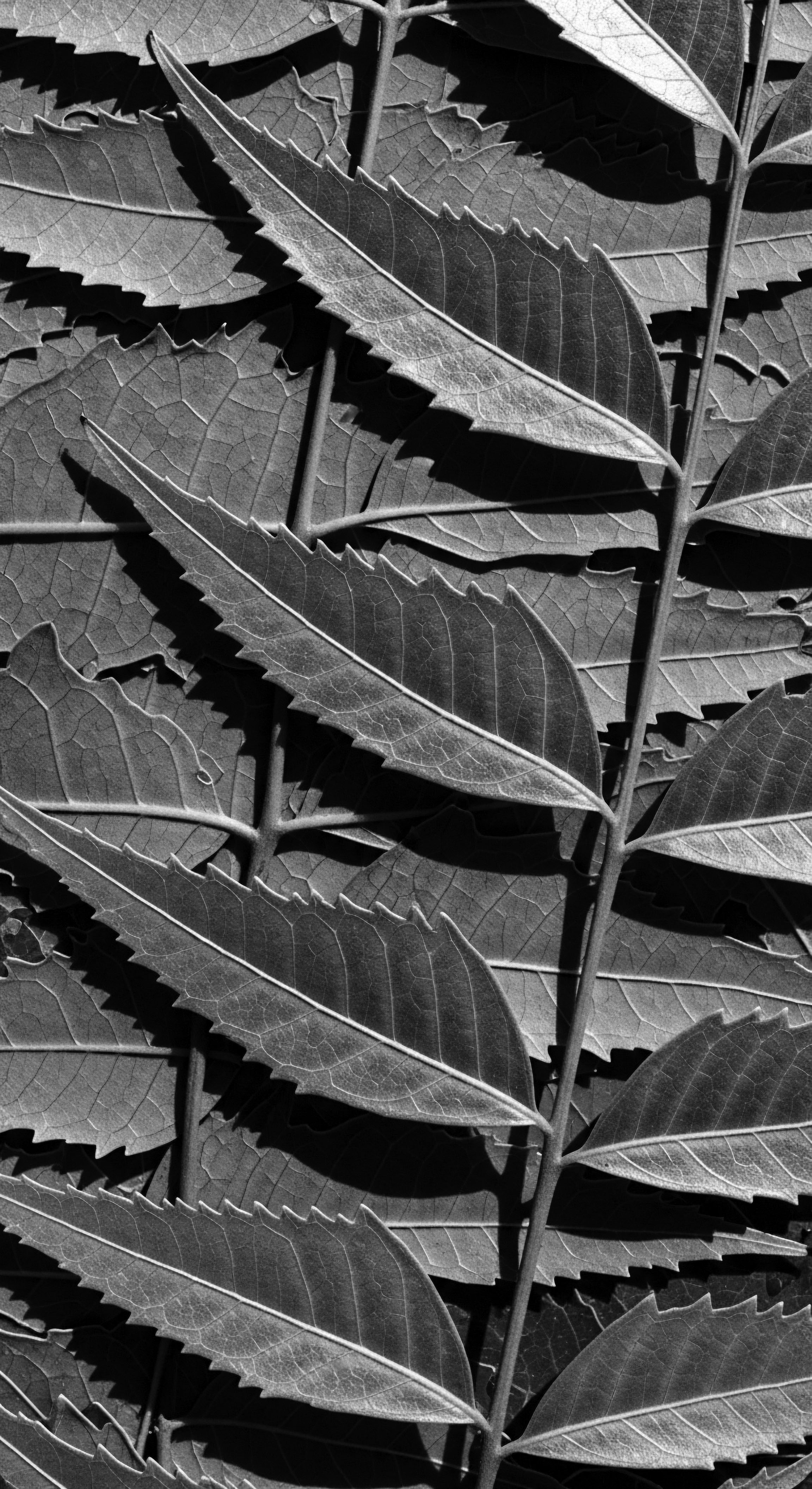
Reflection on the Heritage of Chemical Hair Treatments
The journey through the intricate world of chemical hair treatments reveals far more than just a series of scientific processes; it uncovers a profound meditation on the heritage of textured hair itself. Each chemical application, each choice made across generations, contributes to a collective story of adaptation, resilience, and the relentless pursuit of self-expression. The very concept of altering one’s hair with chemicals, whether for straightening, curling, or coloring, is deeply etched into the communal memory of Black and mixed-race individuals, bearing witness to shifting societal tides and enduring personal aspirations.
This reflection calls us to honor the complex legacy, acknowledging both the liberation and the limitations that chemical treatments have offered. For many, they were a gateway to opportunities previously denied, a shield against the sharp edges of prejudice. For others, they represented a painful disconnect from their innate beauty, a silent capitulation to external pressures.
The “Soul of a Strand” ethos compels us to view these treatments not as isolated events, but as continuous threads within the vast, vibrant tapestry of hair heritage. They speak to the human desire to define oneself, to belong, and to project an image into the world, even when that image was dictated by forces beyond one’s immediate control.
The heritage of chemical hair treatments for textured hair is a testament to the enduring spirit of adaptation and self-definition within Black and mixed-race communities.
As we witness a powerful resurgence of natural hair movements globally, the role of chemical treatments is being re-evaluated, not erased. This re-evaluation is not a judgment of past choices but a celebration of expanded possibilities. It is a moment to reconnect with ancestral wisdom that always celebrated the inherent beauty of coils, kinks, and curls, and to understand the science of hair in a way that empowers, rather than diminishes, its natural state. The path forward involves a conscious choice to heal, to educate, and to foster a deep appreciation for the diversity of textured hair in all its manifestations.
The heritage of chemical hair treatments, therefore, is a living, breathing archive of struggle, innovation, and ultimately, a powerful testament to the unwavering spirit of those who have nurtured and adorned their hair through every era. This continuous dialogue with our hair’s past allows us to shape a future where every strand tells a story of pride and authenticity.
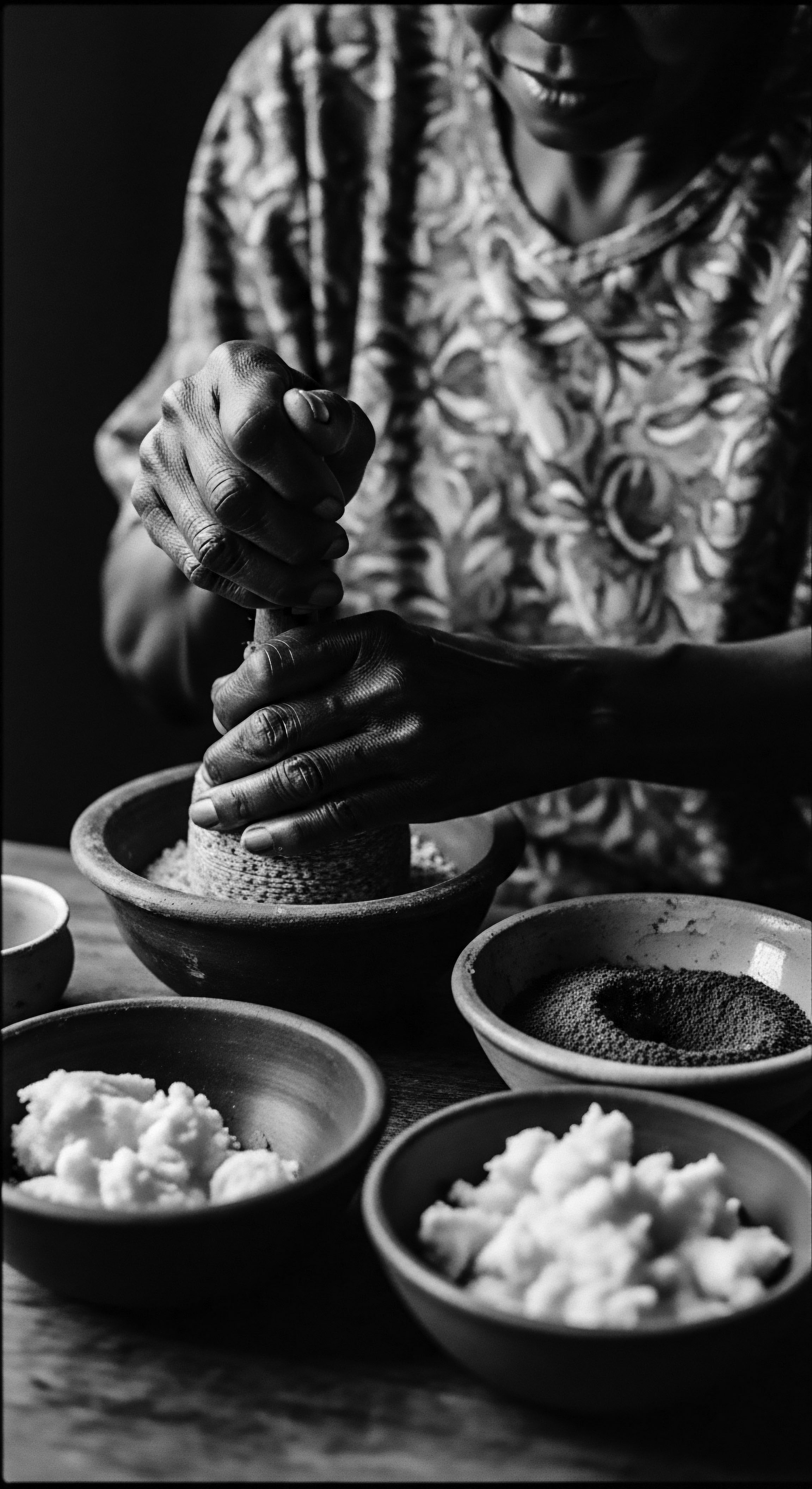
References
- Aguh, C. & Okoye, G. (2019). Fundamentals of ethnic hair ❉ The biology of hair and scalp in people of color. Springer.
- Byrd, A. D. & Tharps, L. D. (2001). Hair story ❉ Untangling the roots of Black hair in America. St. Martin’s Press.
- Ceesay, A. B. (2008). The social construction of Black hair ❉ A cultural analysis of African American women’s hair care practices. University of California Press.
- Hooks, B. (1992). Black looks ❉ Race and representation. South End Press.
- Mercer, K. (1987). Black hair/style politics. New Formations, 3, 33-51.
- Powell, T. A. (2013). The hair of the dog ❉ A historical, sociological, and cultural study of Black women’s hair. University Press of Mississippi.
- White, S. (2009). Styling Blackness ❉ African American expressive culture and the invention of technologies of beauty. Duke University Press.
